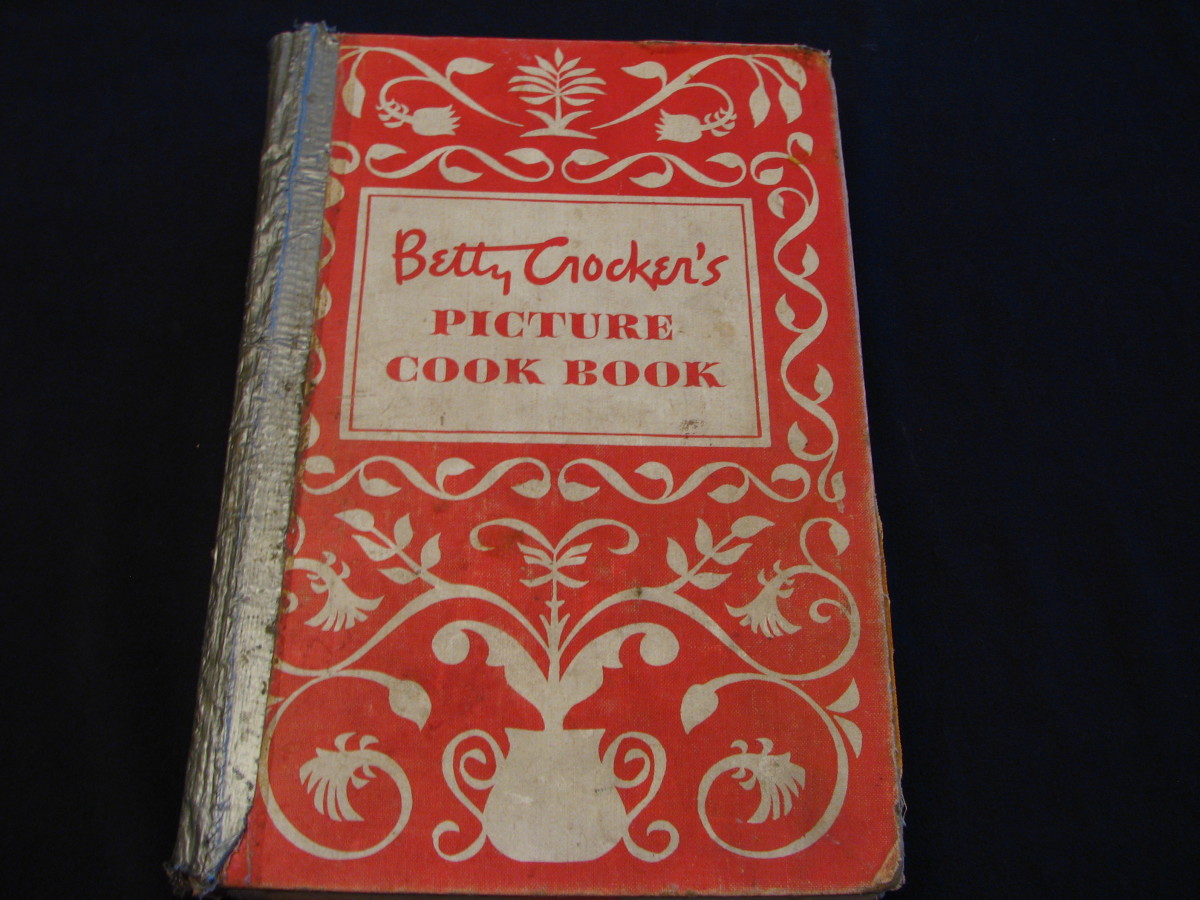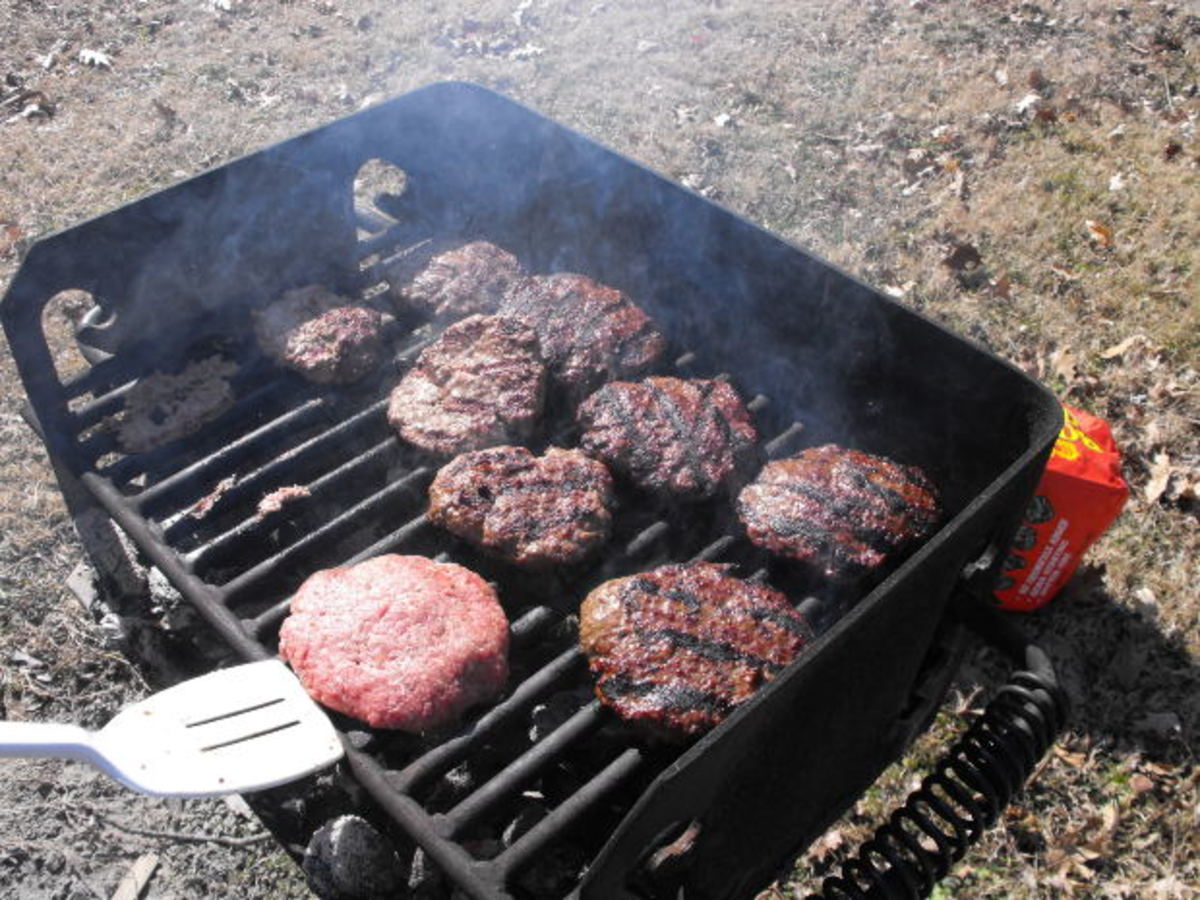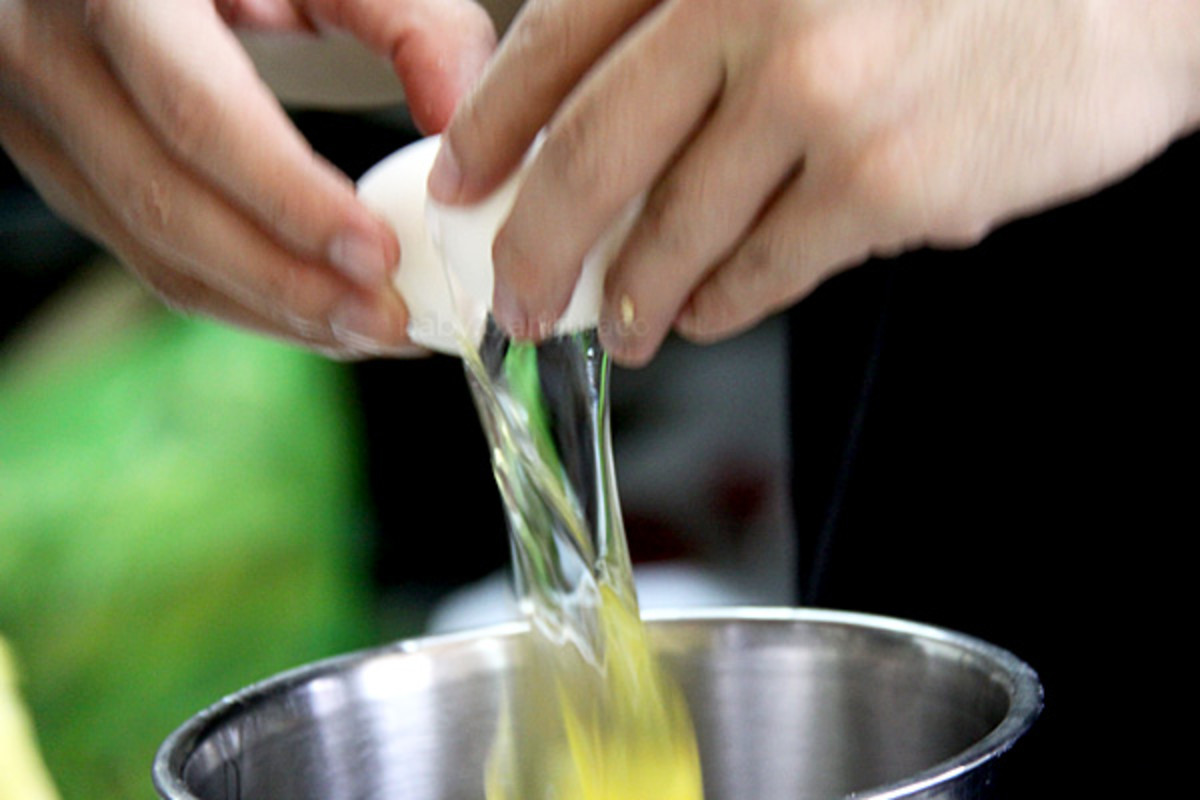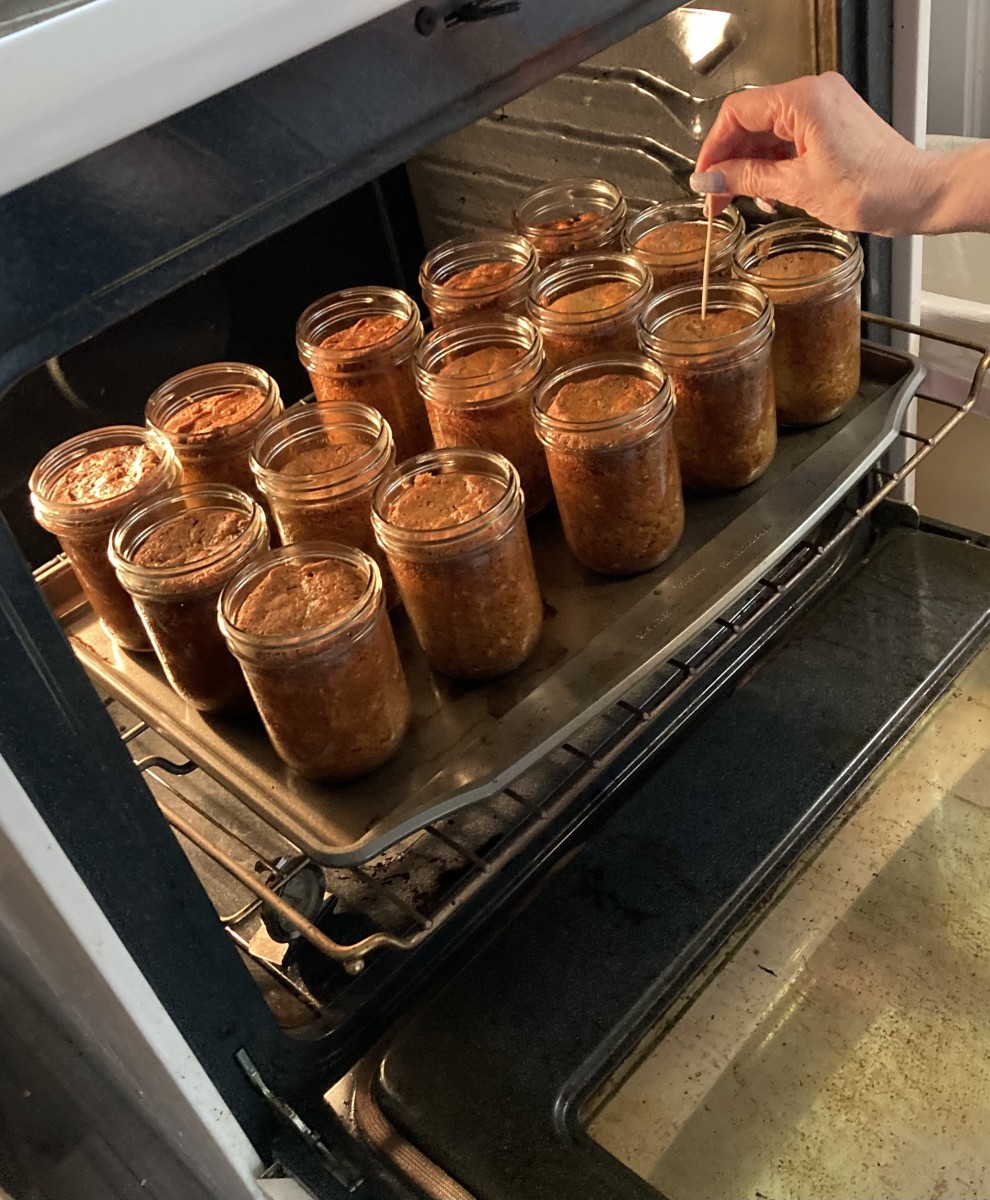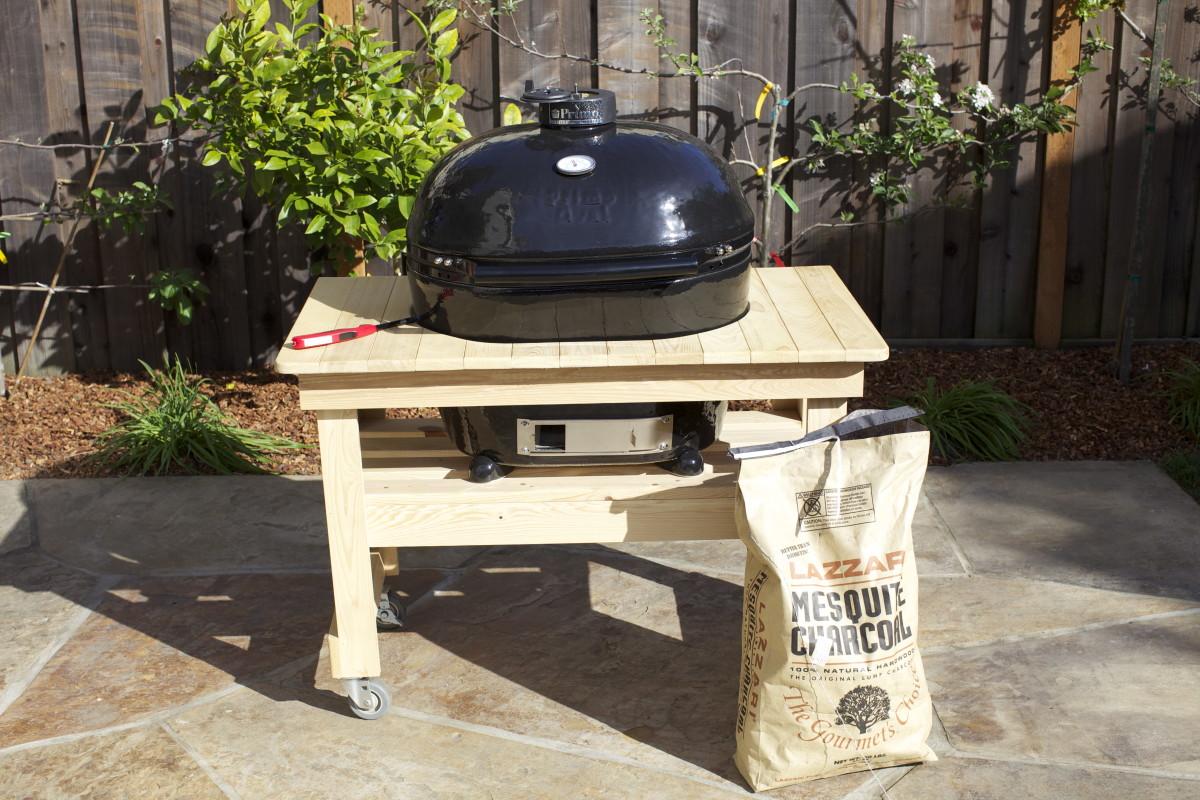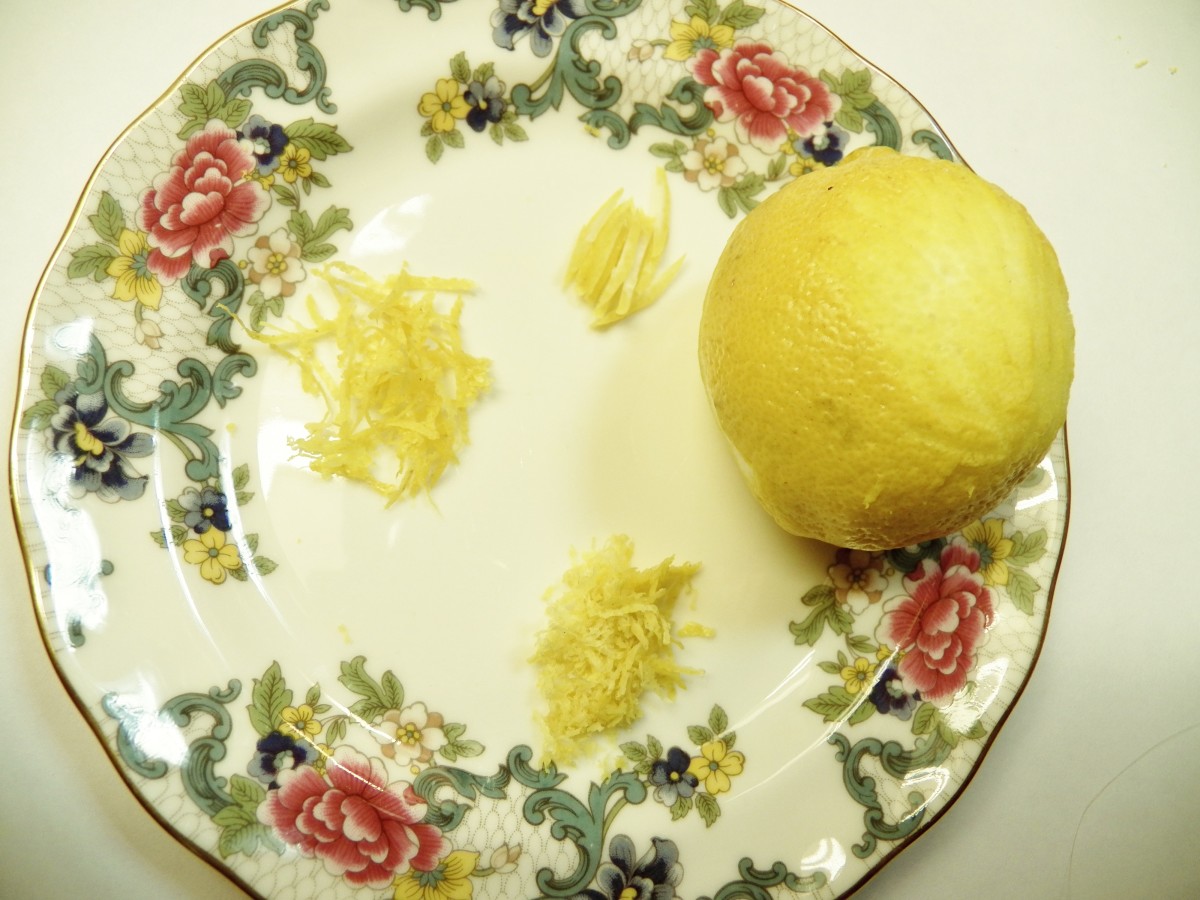How to Cook: Learn to Improve Your Cooking Skills
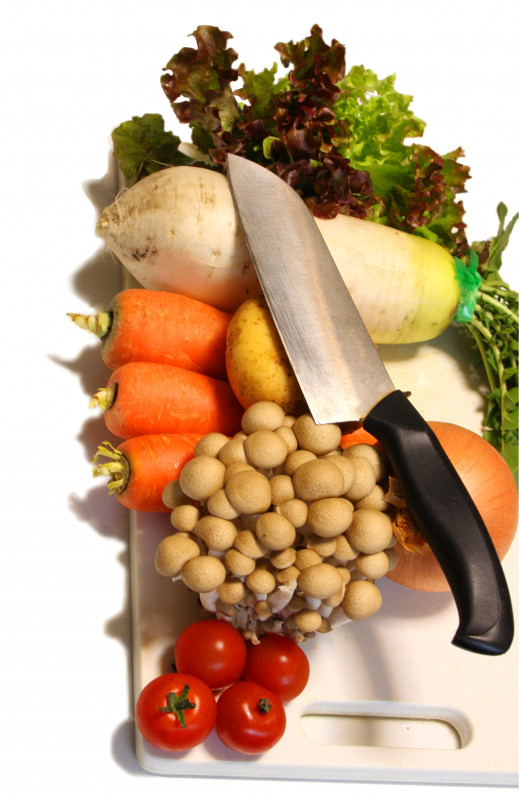
Want to learn how to be a better cook? Learning to cook can be very simple, and all it takes is a little time and patience...or a lot of time and a lot of patience, from both you and your family, depending on your current cooking abilities. Just remember, everyone has different levels of cooking skills, so some people may need more practice than others. But no matter what your current abilities, you can improve your skills in the kitchen. Read on to find out how...your friends and family will thank you!
Not sure if you need help in the kitchen or not? Take this quiz and find out!
view quiz statisticsThe Importance of Following Recipes
One of the main differences I have noticed between people who are “naturally” good cooks and people who are not is a willingness to follow a recipe to a T before trying to make changes to it. This requires patience, and maybe a little trust too.
It is important that you first learn to follow recipes as they are written before you try to add your own personal touch or make any substitutions. This can be difficult, but it is the first step in learning how to cook. A good recipe can teach you a lot about cooking, but you will never learn what that recipe has to teach you if you do not follow it!
Finding Good Recipes
When you are first learning how to cook, or simply trying to improve your cooking skills, I suggest you start with a reputable cookbook that contains a good variety of tried-and-true recipes. Try a classic like the Betty Crocker Cookbook or the Better Homes & Gardens Cookbook. These cookbooks contain recipes that have been tested many times, so you can be sure that if you follow the recipe as written, you will get good results. In addition, these cookbooks also contain very clear instructions and tips to improve your cooking skills. I suggest you start with this type of cookbook rather than using recipes you find online or in less reputable cookbooks, because there is less room for error. Unfortunately, not all recipes posted online or even published in cookbooks have been tested, and occasionally may contain typos that will ruin your recipe. For example, a person might post a recipe online and accidentally type 1 Tbs salt, rather than 1 tsp salt. That small difference will result in 3 times the salt needed in the dish and will completely ruin whatever you have made.
Once you have your cookbook, be sure to start with easier recipes (they will often be labeled “Easy”), and work your way up to more complex. Once you are able to successfully prepare the easy recipes, you can gradually move on to more challenging recipes. This practice will give you the experience you need in cooking and following recipes, which will then enable you to spot inconsistencies in recipes with much more ease. When you have reached this point, I would suggest you begin branching out in your experimentation by trying other cookbooks and recipes you find online.
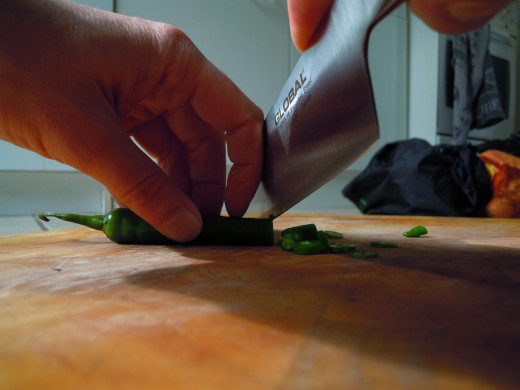
How to Follow a Recipe
The first thing you need to do is read through your recipe completely. If there is anything you don’t understand, look it up! For example, measurements are often abbreviated; if you do not understand the abbreviation, look it up to be absolutely certain what amount is needed. Likewise, if there is an ingredient you are not familiar with, look it up to find out what it is and where you can get it from. Good cookbooks will often contain a key with explanations of measurements and ingredients. This key is generally found in the front or back of the cookbook. If you cannot find the information you need in your cookbook, google it! Be absolutely certain that you understand the recipe completely before attempting to use it.
Next, you will need to be sure you have everything you need for the recipe. Pull out all of the ingredients you need, measuring cups and spoons, cutting boards, knives, pots/pans, etc. and place it on your working space. It is much better to prepare your ingredients ahead of time than to go looking for them while in the middle of cooking; this can be a recipe for disaster, and is often how people end up burning dinner! Once you have everything on your work space, you will need to prep and organize. Chop and set aside vegetables and meats as required by the recipe. Measure and set aside the spices. Open cans, drain, rinse, and/or set aside. Set up any pots, pans and other cooking utensils (spatula, wooden spoon, etc.) on your cooking surface as required by your recipe. For recipes that do not require stovetop cooking, set up your mixing bowl, baking dish, utensils, etc. on your prep surface.
Once everything is prepared, begin to follow the directions in the recipe. Make sure you read through each instruction fully, and do everything you are directed to do.
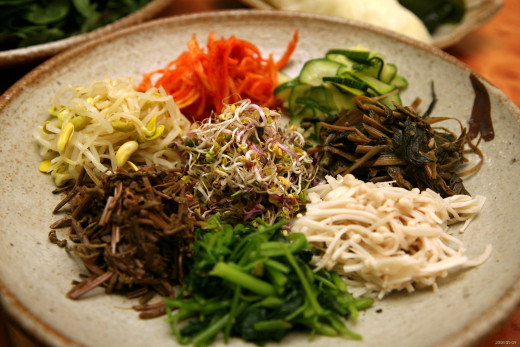
How to Make Changes to a Recipe
While learning to cook, you should always prepare the food according to the recipe the first time you make the dish. This is not the time to start experimenting! You may notice, however, as you eat your meal, that other ingredients might work well with, or in place of those that are part of the dish. For example, you may try a recipe for chocolate chip cookies and think that the cookies would be improved by the addition of chopped nuts and flaked coconut. Or you may think that a tuna casserole recipe would be improved by adding egg noodles and peas. Simply make a note of this and try it out the next time. If it works, great! If not, oh well, you can go back to the original recipe, or try something else if you like. The point is, you need to learn to follow a recipe first before you can experiment. Experimentation without the basic knowledge is a recipe for disaster.
How to Cook Without a Recipe
I suggest you do not attempt to cook without a recipe until you are comfortable working with one. As you work your way successfully through easy recipes, moving on to more challenging recipes, you will eventually get familiar with various styles of cooking. As your comfort level with these cooking styles increases, you may want to try out some ideas of your own, without the aid of a recipe. This is fine, and can certainly lead to the creation of some great new dishes. In order to ensure your success in your experiments I suggest you take a few precautions:
- Besides your own comfort with your newly learned cooking skills, seek the opinion of friends and family who eat the foods you have cooked. Ask them to give their honest opinion about your cooking and find out whether they think you are ready to try cooking your own kitchen creations.
- Once you’ve gotten the go-ahead from your (honest!) family and friends, go for it! But keep reference materials close at hand in case they are needed. Grab your cookbook and flip to the section that discusses the cooking method you will be using, or a recipe similar to the one you will be trying. This will help you in case you need a quick reference of temperatures, cook time, seasoning amounts, etc.
- Finally, have fun with your food! Cooking can be a lot of fun once you have a good understanding of the basics. Some experiments will work really well and become new family favorites; others may not work out so well and you may have to go back to the drawing board or abandon an idea all together. This is part of the process, so don’t get discouraged if things don’t always come out right. With a little patience and effort, you will be creating culinary masterpieces before you know it!



